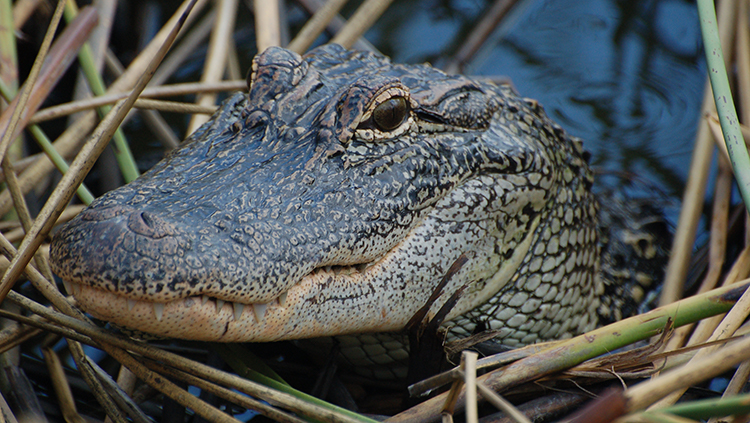Alligator Study Supports Convergent Evolution of Spatial Hearing

Alligators encode a sound's location in space like birds but differently than mammals, according to a comparative animal study published in JNeurosci. This finding provides evidence for the evolution of distinct strategies for spatial hearing.
To determine where a sound is coming from, animals glean information from how long it takes each ear to pick it up -- a cue known as interaural time difference. In their study of American alligators, Lutz Kettler (Technische Universität München) and Catherine Carr (University of Maryland, College Park) found the reptile's brain constructs neural maps to chart the location of a sound. Such maps have been observed in barn owls and chickens — close relatives of the alligator — but not in mammals. These differences suggest the common ancestor of reptiles and birds independently evolved the ability to localize sound.
Manuscript: Neural maps of interaural time difference in the American alligator: a stable feature in modern archosaurs

















